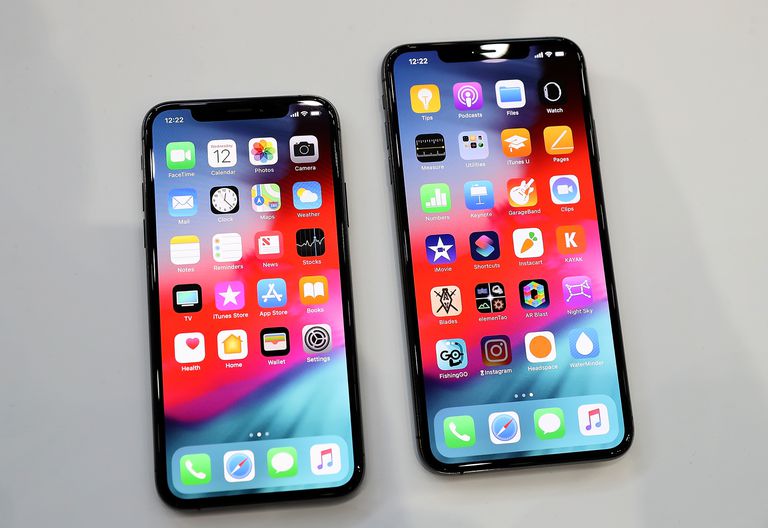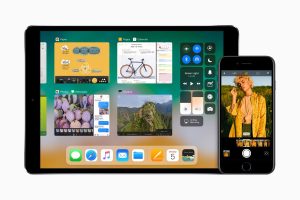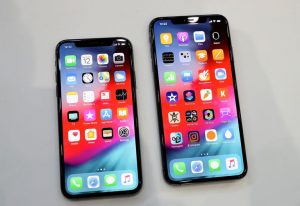
These are just a few among the numerous questions we have been getting from people.
Many iPhone users really want to know how to fix this. Some are even worried that their iPhone has software issues. If you have been noticing this, we understand your pain. It can be frustrating having to reinstall apps on your iPhone consistently. Be rest assured that your iPhone does not have any software issues. It’s working perfectly as intended and isn’t really been uninstalled or deleted, they’re being offloaded. This is a feature on iPhone and it’s called Offload Unused Apps, and you can turn it off on your iPhone if you don’t want the feature again. To turn this Offload Unused app, the steps are really simple and straight forward.
Related:
- The Best Call Recorder Apps for Android
- How to download iTunes for Windows 10
- How To Update iPhone iOS & iPadOS using Finder & macOS Catalina
- Pokémon Go hack for iOS
- 9 Best Scanner Apps For iPhone & iPad 2019
- 10 Best Optimizer and Cleaner Apps
- How to download music from YouTube to iPhone
What is Offload Unused Apps Setting
This feature was introduced in iOS 11 as a way to optimize and save storage on the iPhone.
The feature is turned on by default and it automatically “offloads” apps that you rarely or don’t use at all on your device when you’re running low on storage. These Apps will still remain on your home screen but the icon will appear grayed-out and will also have a small cloud logo next to them.
Offloading Apps is different from uninstalling apps. It will still save the Apps documents and apps data on your iPhone. Before the iOS, the only option to a save storage is to manually delete the Apps from your device which will also delete the app’s documents and data. However, with this Offload Apps feature, you can save storage on your iPhone without losing your Apps.
When you Offload any app, the data will be saved on your device, and if you reinstalled the app, the data will automatically be restored. This is like you never deleted the apps in the first place since you will still have your apps data back.
How to Disable Offload Apps On iPhone
While this might be a good feature specially design for us, some individual will prefer to turn it off. Just as mentioned above, Offload unused Apps is turned on by default, so in order to turn this off, follow the steps below. There are two ways to access this feature on your iPhone. You will find a toggle both in iPhone Storage and the iTunes & App Store sections of Settings. However, the only way to disable this is in iTunes & App Store. Nevertheless, follow the below step.
Step 1: On your iPhone, open Settings App
Step 2: Tap on iTunes & App Store
Step 3: Now on the Offload Unused Apps next to a toggle
Step 4: If the toggle is green, it means enable. So tap on it to disable it.
If you later change your mind and wish to enable the Offload Unused Apps, you can follow the same above method to do that.
How To Offload Apps on your iPhone
If you want to Offload Apps on your iPhone instead of deleting them and you don’t want the iOS to do so automatically for you, you can do so right on your iPhone. Here’s how to Offload any apps on your iPhone.
Step 1: Open Settings
Step 2: Tap on General
Step 3: Tap on iPhone Storage
Step 4: Tap on the particular App you’d like to offload
Step 5: In the next Menu, Tap on the Offload App option
Step 6: Finally, tap on the Offload App once again to confirm
Just as it’s with the automatic offload unused Apps, the individual offloading app will also keep the app’s data and documents save locally in your device. That way, whenever you reinstall the app again, it will restore your data back.
How to Reinstall Offloaded Apps On Your iPhone
After offloading any app, you won’t be able to use them again. To have access to any offloaded app on your iPhone, you’ll need to reinstall it again. To reinstall the app, go to Settings General > iPhone Storage. Now select the app you’d like to reinstall and tap Reinstall App. You can also tap on the app icon on your home screen to reinstall it.
Well, these are all to know. We hope you find this post helpful. On the other hand, just like few persons have been complaining that their Apps is been deleted for real. If you are facing similar issues, then the problem will likely be from the software. We recommend a hard reboot, backing up and resetting your iPhone to factory settings or you should contact Apple support directly.







Leave a Reply